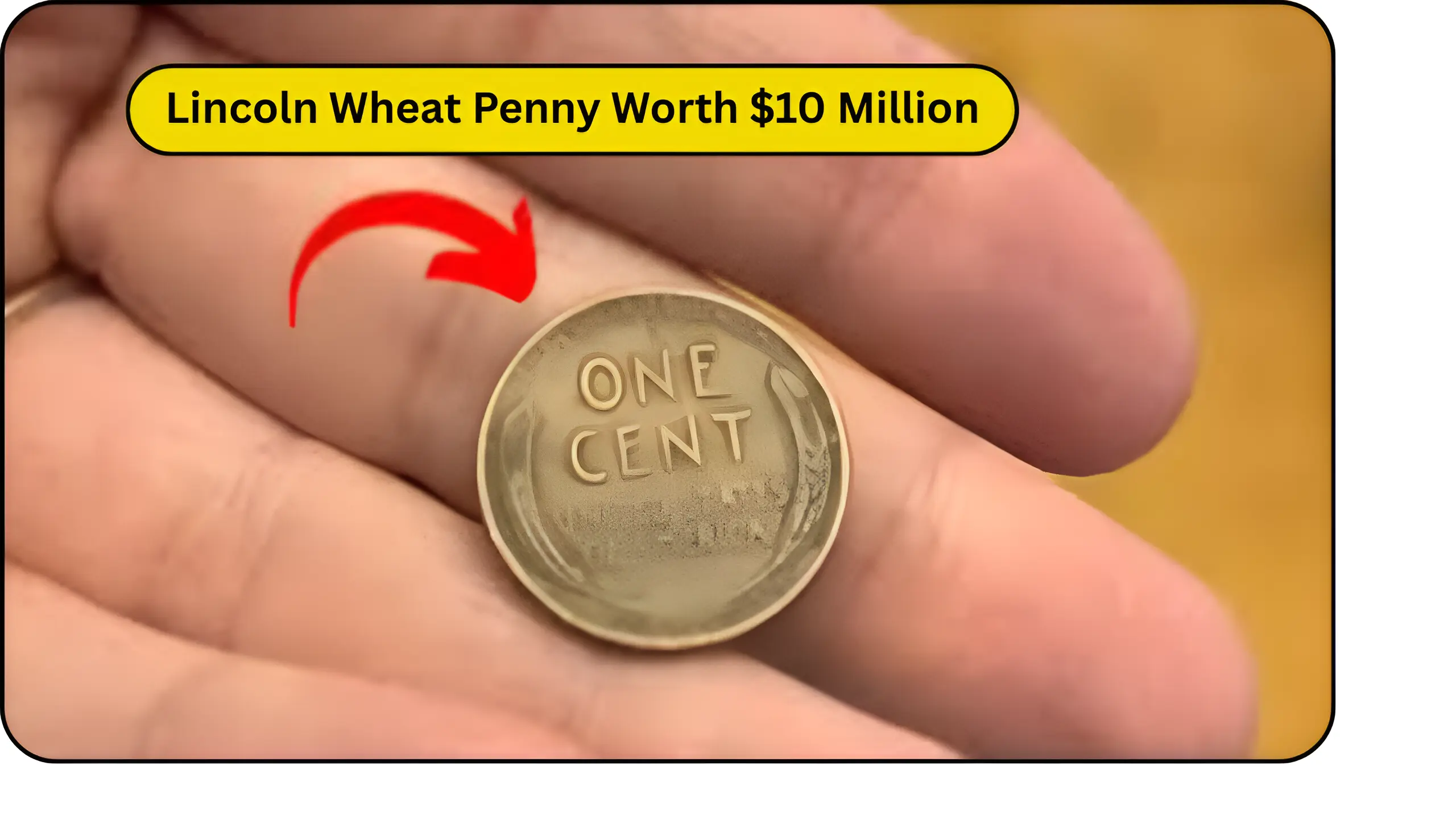A Penny Worth a Fortune
Ever dig through your pocket change and toss a penny aside without a second thought? What if one of those pennies could make you a millionaire? The Lincoln Wheat Penny, a small coin minted from 1909 to 1958, might just be hiding a treasure worth up to $10 million. Some of these pennies, especially rare ones with unique errors, have collectors buzzing with excitement. The best part? Some of these valuable coins might still be out there, sitting in your change jar or even passing through a cash register. Let’s dive into why these pennies are so special and how you could spot one.
A Coin with a Rich History
The Lincoln Wheat Penny was first made in 1909 to celebrate Abraham Lincoln’s 100th birthday. Designed by Victor David Brenner, it was the first U.S. coin to feature a real person instead of symbols like Lady Liberty. The front shows Lincoln’s face, while the back has two wheat stalks, giving it the nickname “Wheat Penny.” These coins were common for decades, but certain rare versions have turned into collector’s gold. Factors like low production numbers, minting mistakes, or historical quirks can make a penny worth way more than one cent. For example, a penny from the right year with a specific error could be your ticket to millions.
The Million-Dollar Mistake
The most famous and valuable Lincoln Wheat Penny is the 1943 copper penny. During World War II, copper was needed for the war effort, so the U.S. Mint switched to making pennies from steel in 1943. But a few pennies were accidentally struck on leftover copper blanks, creating a super rare coin. Experts believe only about 20 of these 1943 copper pennies exist, and one sold for $10 million at auction in 2019. Its rarity, historical significance, and perfect condition drive its jaw-dropping value. Other rare pennies, like the 1909-S VDB or 1955 Doubled Die, can also fetch thousands or even millions, depending on their condition.
Could You Have One?
Believe it or not, these valuable pennies might still be in circulation. Since millions of Wheat Pennies were made, some are still floating around in piggy banks, old drawers, or even your pocket change. People have found rare coins at flea markets, estate sales, or just in rolls of pennies from the bank. The 1943 copper penny is the holy grail, but others like the 1909-S VDB (only 484,000 made) or 1914-D are also worth big bucks. The key is knowing what to look for. Check your pennies for rare dates, mint marks (like “S” for San Francisco or “D” for Denver), or errors like doubled letters or numbers. A coin in great condition, with sharp details and no wear, is worth more.
How to Spot a Valuable Penny
Here’s how you can check if your penny is a hidden gem:
| Feature | What to Look For |
|---|---|
| Date | Look for 1909-S VDB, 1914-D, 1922 No D, 1943 (copper), or 1955 Doubled Die. |
| Material | For 1943 pennies, use a magnet. Steel pennies stick; copper ones don’t. |
| Mint Mark | Check under the date for a small “S” or “D.” No mint mark means Philadelphia. |
| Condition | Coins with clear details and no scratches or wear are worth more. |
| Errors | Look for doubled letters, numbers, or misaligned designs with a magnifying glass. |
If you think you’ve got a rare penny, don’t clean it! Cleaning can lower its value. Instead, take it to a professional coin grader like PCGS or NGC to verify its authenticity and condition.
Start Your Treasure Hunt
The idea of finding a $10 million penny sounds like a dream, but it’s not impossible. Stories of people stumbling across rare coins in everyday places keep collectors and casual folks alike searching their change. Whether you’re a coin enthusiast or just curious, checking your pennies could be a fun way to hunt for treasure. Look closely at the date, mint mark, and any odd features. If you find something suspicious, get it checked by an expert. That little penny in your pocket might just be worth a fortune, waiting to change your life forever.

